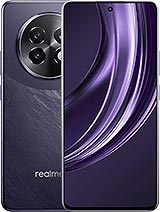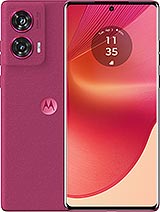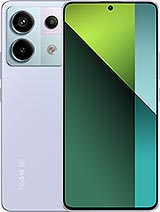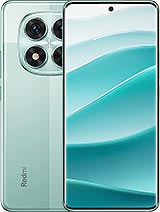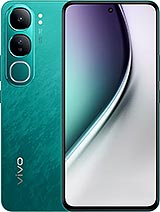Poco F6 alternatives
Tap above to see alternatives.
Vivo Y300 alternatives
Tap above to see alternatives.
1x3.0 GHz Cortex-X4
4x2.8 GHz Cortex-A720
3x2.0 GHz Cortex-A520
2x2.2 GHz Cortex-A78
6x1.95 GHz Cortex-A55
12GB 512GB (UFS 4.0)
8GB 256GB (UFS 2.2)
(f/1.6, (wide), 1/1.95", 0.8µm, multi-directional PDAF, OIS)
8 MP
((ultrawide), 1/4.0", 1.12µm)
f/1.8, (wide), 1/1.95", 0.8µm, PDAF
2 MP
f/2.4, (depth)
1080p@30/60/120/240fps
f/2.2, (wide), 0.8µm
f/2.5, (wide)
SIM1: Nano, SIM2: Nano
SIM1: Nano, SIM2: Nano
FDD: N1, N3, N5, N7, N8, N20, N28
TDD: N38, N40, N41, N48, N66, N77, N78
FDD: N1, N3, N5, N8, N28
TDD: N38, N40, N41
FDD: N1, N3, N5, N7, N8, N20, N28
TDD: N38, N40, N41, N48, N66, N77, N78
FDD: N1, N3, N5, N8, N28
TDD: N40, N77, N78
In this comparison, the Poco F6 with the Qualcomm Snapdragon 8s Gen 3 (4nm) performs better than the Vivo Y300 with the Qualcomm Snapdragon 4 Gen 2 (4nm), thanks to its more efficient chipset.
The Poco F6 offers 3 years of OS updates, while the Vivo Y300 provides 2 years. When it comes to security updates, Poco F6 leads with 4 years of support.
Both phones feature AMOLED displays. They have the same 120 Hz refresh rate. Poco F6 also has a brighter display with 2400 nits, improving outdoor visibility. Notably, Poco F6 has a higher resolution display, resulting in sharper visuals.
Both phones have the same 5000 mAh battery capacity. Poco F6 supports faster wired charging at 90W.
Both phones have the same IP64 rating for water and dust resistance.


